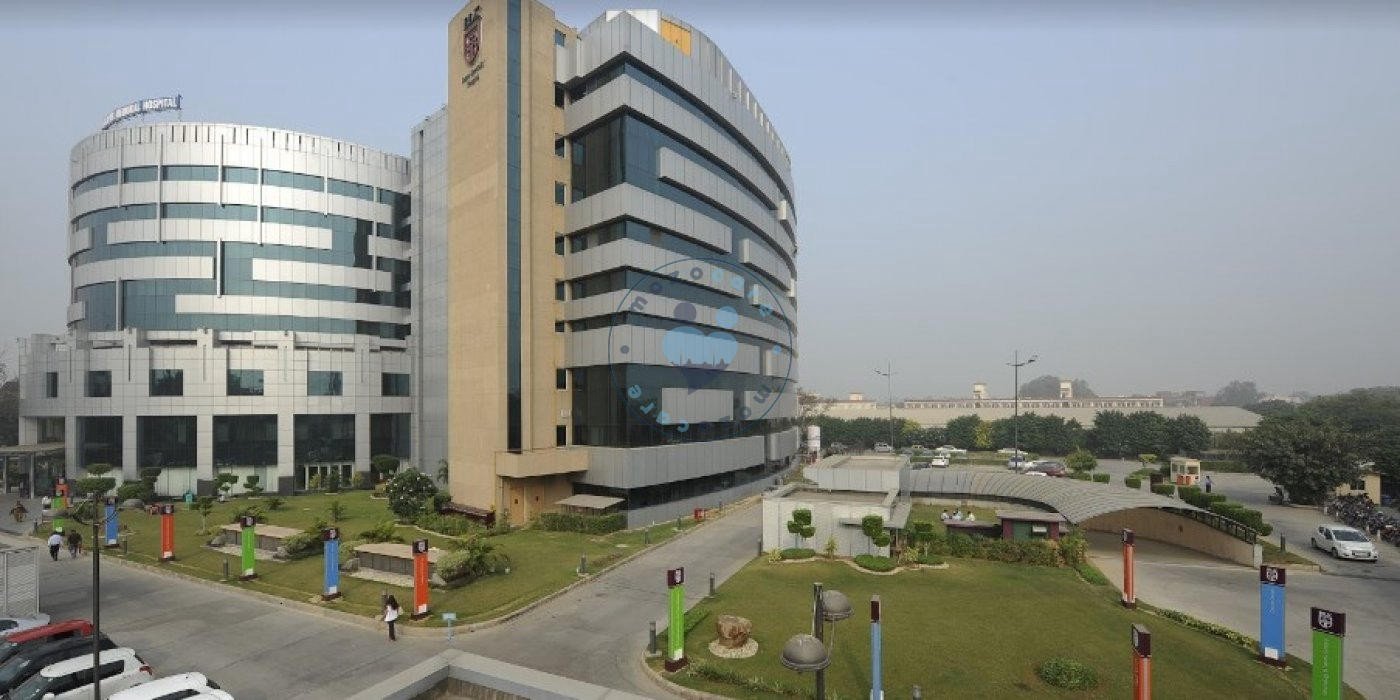

There are many factors that can affect the costs
Brachytherapy treatments abroad,
Brachytherapy, which may be also referred to as internal radiotherapy, is a type of radiation therapy designed to treat cancer by placing a device with radioactive material inside the body. The treatment reduces the exposure of surrounding tissues and organs to the radiation, unlike external radiation treatment which exposes more than the targeted area to radiation. Brachytherapy can be delivered in high and low doses which are temporarily placed, or a permanent dose which is implanted and will diminish by itself.
The type of treatment used depends on the type of cancer being treated and on each individual patient. High doses are commonly used and permanent implants are usually used for prostate cancer. The treatment may be used as a stand alone treatment for cancer or it may be used in conjunction with chemotherapy or external radiation. As the treatment allows high doses of radiation to be delivered to the area being treated, it can require less sessions than with external radiation. How the radioactive material is placed in the body is dependent on the type of cancer that is being treated.
The radioactive material is contained in a device made of wire or seed implants (the size of a grain of rice), which can be placed into the body either through a body cavity or into tissue in the body. Recommended for Lung cancer Prostate cancer Breast cancer Esophageal cancer Gynecological cancer Rectal cancer Skin cancer Time requirements Number of days in hospital 1 . Patients will usually attend treatment sessions and leave the same day. However, patients receiving low dose brachytherapy may need to stay in hospital for a few days. Average length of stay abroad 1 weeks. The length of stay abroad will vary with each patient as it depends on how many sessions are necessary. The doctor will explain that the device contains radioactive material which is placed into the tumor.
Before undergoing brachytherapy, the patient will have a consultation with an oncologist to discuss the treatment and determine if it will be performed in conjunction with other treatments. Patients will undergo tests which usually involves taking a CT (computerized tomography) scan, an ultrasound scan, and an MRI (magnetic resonance imaging), in order to establish the location of the cancer and create a treatment plan. On the basis of these images, the oncologist will then devise a plan as to where to fit the device.
Patients with complex conditions may benefit from seeking a second opinion before beginning a treatment plan. A second opinion means that another doctor, usually an expert with a lot of experience, will review the patient's medical history, symptoms, scans, test results, and other important information, in order to provide a diagnosis and treatment plan.
Treatment performed, depends on the type of cancer that is being treated and on the treatment plan devised by oncologist. For high dose brachytherapy, the sessions are usually short as it requires less time to deliver the radiation due to the amount being used. The device containing the radioactive material is placed into the body and into the tumor, often through a catheter and guided to the targeted area using CT or ultrasound images. It is then left in place for around 20 minutes and removed. One or 2 sessions may be performed on the same day or spread out over the course of a few days.
The patient can usually leave on the same of the treatment as it can be performed on an outpatient basis. For low doses, the sessions are longer as the doses are lower and continuously released over the course of a few hours, therefore require more time to target the area being treated. The device is placed into the body in same way as high dose brachytherapy. Low doses usually require a hospital stay due the treatment time, which in some cases may also be carried out over the course of a few days. During this time, visiting hours will be restricted as the radioactive device can emit small doses of radiation and expose others.
The device is then removed after the treatment. Permanent brachytherapy treatment is used for prostate cancer patients and involves implanting devices shaped like seeds into the area and leaving them there to take effect. The device will emit small doses of radiation at first, therefore patients should restrict contact with pregnant women and children at first. The radiation will then diminish by itself over time. Procedure duration The duration of each sessions varies, depending on the type of treatment. Multiple seeds are implanted into the prostate to treat cancer, and the radioactive material will diminish over time.,
| BLK-MAX Super Specialty Hospital | |
| Fortis Escorts Heart Institute | |
| Fortis Hospital Mulund | |
| Wockhardt Hospital South Mumbai | |
| Fortis Hospital Bangalore | |
| Herzinstitut Berlin | |
| Hospital Quironsalud Ciudad Real | |
| RAK Hospital | |
| HELIOS DKD Hospital Wiesbaden | |
| Policlinica Miramar |

New Delhi, India

New Delhi, India

Mumbai, India

Mumbai, India

Bangalore, India